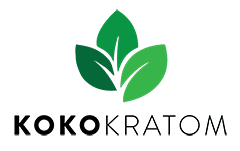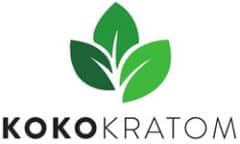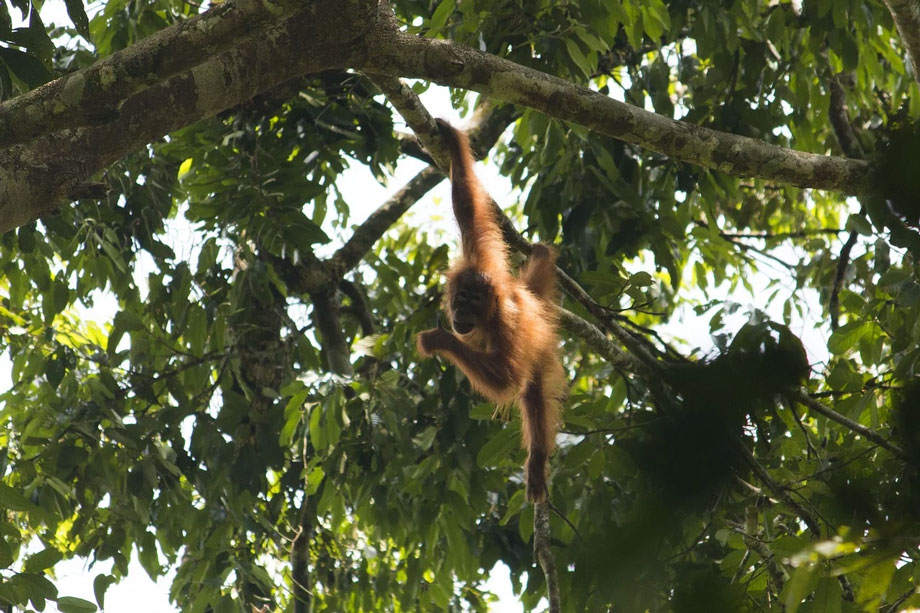A Closer Look at the Behavior of Kratom Trees in Nature
Anyone thinking of growing their own kratom will be fascinated to know the role that kratom trees play in nature. Read on to learn more about Mitragyna speciosa in its native habitat and the factors that influence each kratom leaf’s unique alkaloid profile.
Where Does Mitragyna Speciosa Naturally Occur?
Kratom trees ‘ part of the Rubiaceae family ‘ grow naturally in the low-lying, riverine rainforests of Southeast Asia, in the area including Thailand and Borneo and up to the Malaysian Peninsula. Here, kratom thrives in the naturally tropical and sub-tropical climates where there is plenty of moisture and the soil is rich in humus.
In nature, kratom trees grow up to 100 feet (30 meters) in height, although some only reach half this size. Size notwithstanding, any given kratom tree will typically form part of the canopy and/or subcanopy layer of the forest where it is cushioned from the elements and enjoys the ideal ratio of light to shade.
How the Kratom Tree Fits into the Forest Ecosystem
Where it occurs naturally, Mitragyna speciosa is only one of thousands of different rainforest species that live together harmoniously and provide habitat for animals such as pygmy elephants and flying squirrels.
These are just a few of the roles that kratom trees play in the forest ecosystem:
- Soaking up excess moisture from the soil
- Providing soil stability through the root system
- Providing shade for the plants in the understory and on the rainforest floor
- Providing habitat for animals
- Providing organic material in the form of fallen leaves, which decompose and recycle the nutrients back into the soil
While Mitragyna speciosa is an evergreen tree, it does shed and replace its leaves continuously, dropping its leaves in abundance during the dry season and growing a new crop of fresh leaves in the rainy season. The best time of year to harvest the kratom leaves is during the dry season when the alkaloid levels in the leaves have had time to reach their peak concentration.
Factors that Influence Kratom’s Potency and Color
It’s no secret that the kratom trees located in the old-growth forests of Thailand and Indonesia have the most desirable alkaloid profiles. After all, the complex interplay of soil, light, temperature, and humidity is hard to replicate elsewhere.
As far as we know, higher nitrogen levels, a greater exposure to sunlight, certain soil bacteria, and certain temperature ranges result in the highest and most desirable alkaloid levels in the leaves. As one kratom tree can spread 15 meters across and have access to vastly different amounts of light and shade, different leaves on the same plant can even have different alkaloid profiles and can even be a different color!
Drawing on the Wisdom of the Generations
When it comes to quality, there is no substitute for generational experience with kratom growing, harvesting, and drying techniques. That’s why we source all of the kratom used in our premium powders and capsules from experienced, reliable growers in Southeast Asia who have the knowledge needed to harvest and package the leaves at the peak point of maturity.
You can learn more about kratom trees by reading our blog and enjoy complimentary U.S. shipping when you shop our website today.



